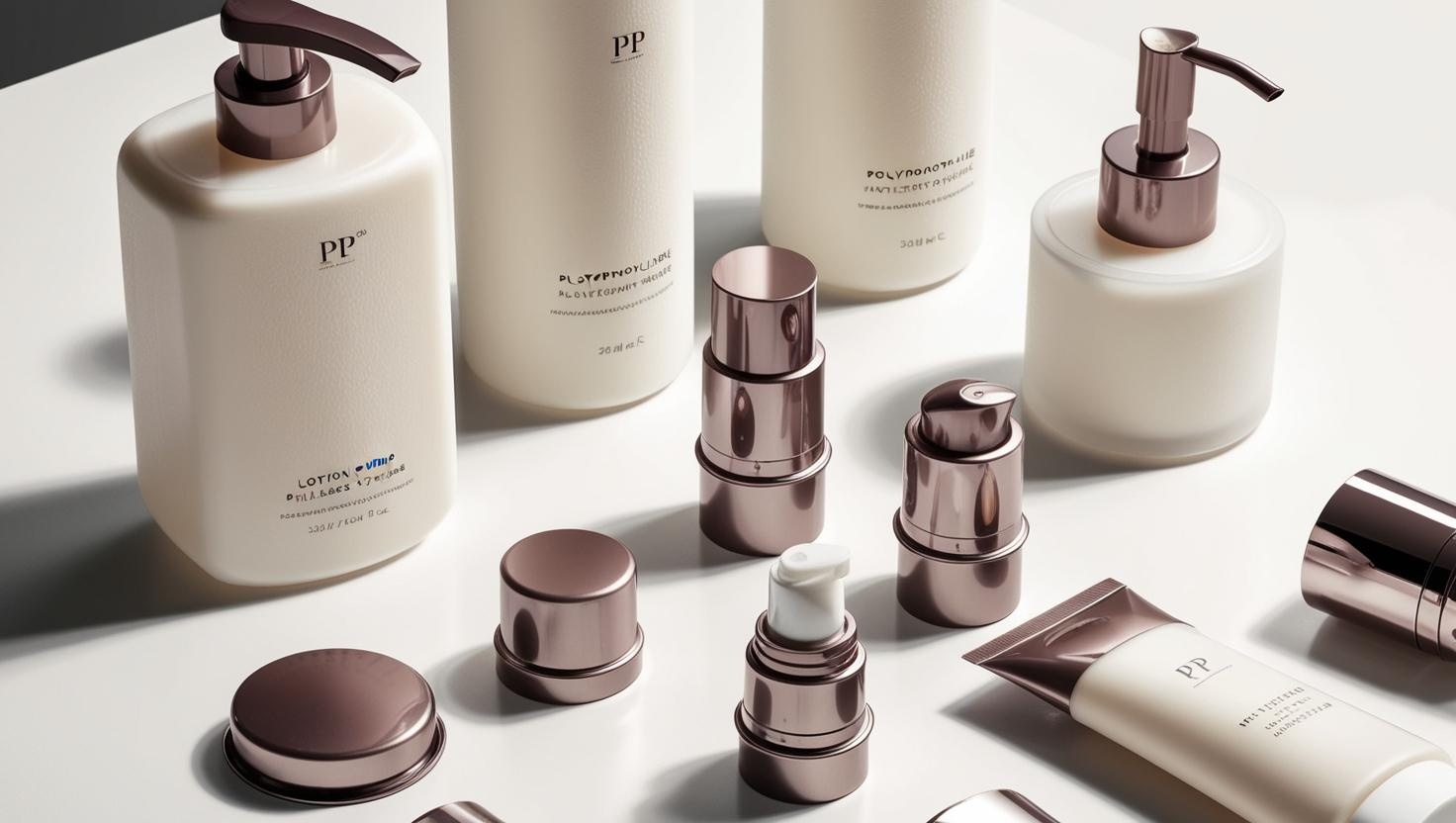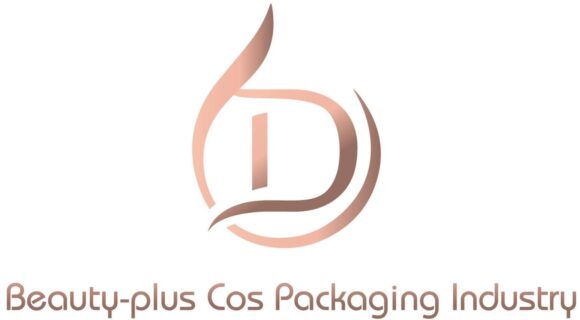
When it comes to cosmetic packaging, PP (Polypropylene)1 may not be the star of the show—but it’s definitely the workhorse behind most lotion pumps, flip-top caps, and airless systems.
So why do manufacturers consistently choose PP for closures and dispensers? The answer lies in its unique combination of flexibility, durability, chemical resistance, and moldability.
Let’s take a closer look at what makes PP the top choice for functional packaging parts.
What Is PP?
Polypropylene (PP)2 is a semi-crystalline thermoplastic widely used across the packaging, automotive, and consumer goods industries. It's lightweight, slightly flexible, and highly resistant to fatigue and chemicals.
In cosmetic packaging, PP is most often used for:
- Flip-top caps
- Disc caps
- Airless pump components
- Lotion pump heads
- Jar lids and inner plugs
It’s typically opaque or colored and has a naturally waxy surface finish.
Why PP Is Perfect for Lotion Pumps
Lotion pumps involve moving parts under constant pressure. Each time you press down, the internal components flex, seal, and release a measured dose. These pumps need a plastic that won’t crack under stress—and that’s where PP excels.
PP’s fatigue resistance3 allows it to be compressed and released thousands of times without deforming. It’s also chemically stable, meaning it won’t react with alcohol, oils, or preservatives found in skincare formulas.
Closures Need Precision—and PP Delivers
Caps and closures do more than just seal a bottle—they prevent leaks, align with threads, and contribute to user experience.
With excellent dimensional stability4, PP is ideal for:
- Snap-top caps that flex but don’t crack
- Screw caps that maintain thread integrity
- Inner plugs that ensure air-tight seals
- Custom color matching and matte/glossy textures
Its soft moldability allows for tight tolerances and design freedom in packaging aesthetics.
PP vs Other Closure Materials
| Material | Flexibility | Chemical Resistance | Gloss Level | Recyclability | Use Case |
|---|---|---|---|---|---|
| PP | Medium | Excellent | Low–Medium | Widely (#5) | Pumps, caps |
| PE | High | Excellent | Low | Widely (#2/4) | Tubes, liners |
| PET | Low | Moderate | High | Widely (#1) | Bottles |
| ABS | Rigid | Moderate | High | Limited | Outer shells |
PP offers the best balance between flexibility and structural stability among all low-cost polymers.
Is PP Recyclable?
Yes! Polypropylene is resin code #55 and is accepted in many municipal recycling systems, especially in North America and Europe.
However, not all facilities separate small PP components like caps or pump heads. That’s why some brands are switching to mono-material packaging, using PP for both bottle and cap to ensure recyclability.
You can also find PCR-PP (Post-Consumer Recycled Polypropylene)6 on the market now, offering similar performance with reduced environmental impact.
When Should You Choose PP?
PP is an excellent choice if:
- You’re manufacturing pumps, caps, or closures
- Your formula contains oils, alcohols, or surfactants
- You want color flexibility and reliable mold performance
- You need a recyclable yet low-cost plastic
PP isn’t ideal for transparent packaging or glass-like finishes—but for moving parts, seals, and caps, it’s hard to beat.
Final Thoughts
PP might not be as glamorous as glass or as clear as PET—but when it comes to functionality, reliability, and cost-efficiency, it’s unbeatable. That’s why it continues to be the top choice for closures and pump systems in cosmetic packaging.
Want to explore more tube-friendly materials? Read our next article: What Makes PE the Go-To Material for Cosmetic Tubes?
-
PP is a widely used thermoplastic known for its balance of flexibility, durability, and chemical resistance. ↩
-
Polypropylene has a low density and excellent fatigue resistance, making it ideal for pump parts. ↩
-
PP can flex repeatedly without cracking, perfect for dispensing mechanisms like lotion pumps. ↩
-
PP maintains tight dimensional tolerances, ideal for precision closures like screw caps and snap lids. ↩
-
PP is recyclable under resin code #5, though some small parts may be filtered out during sorting. ↩
-
PCR-PP offers a sustainable alternative to virgin PP while maintaining similar mechanical properties. ↩

